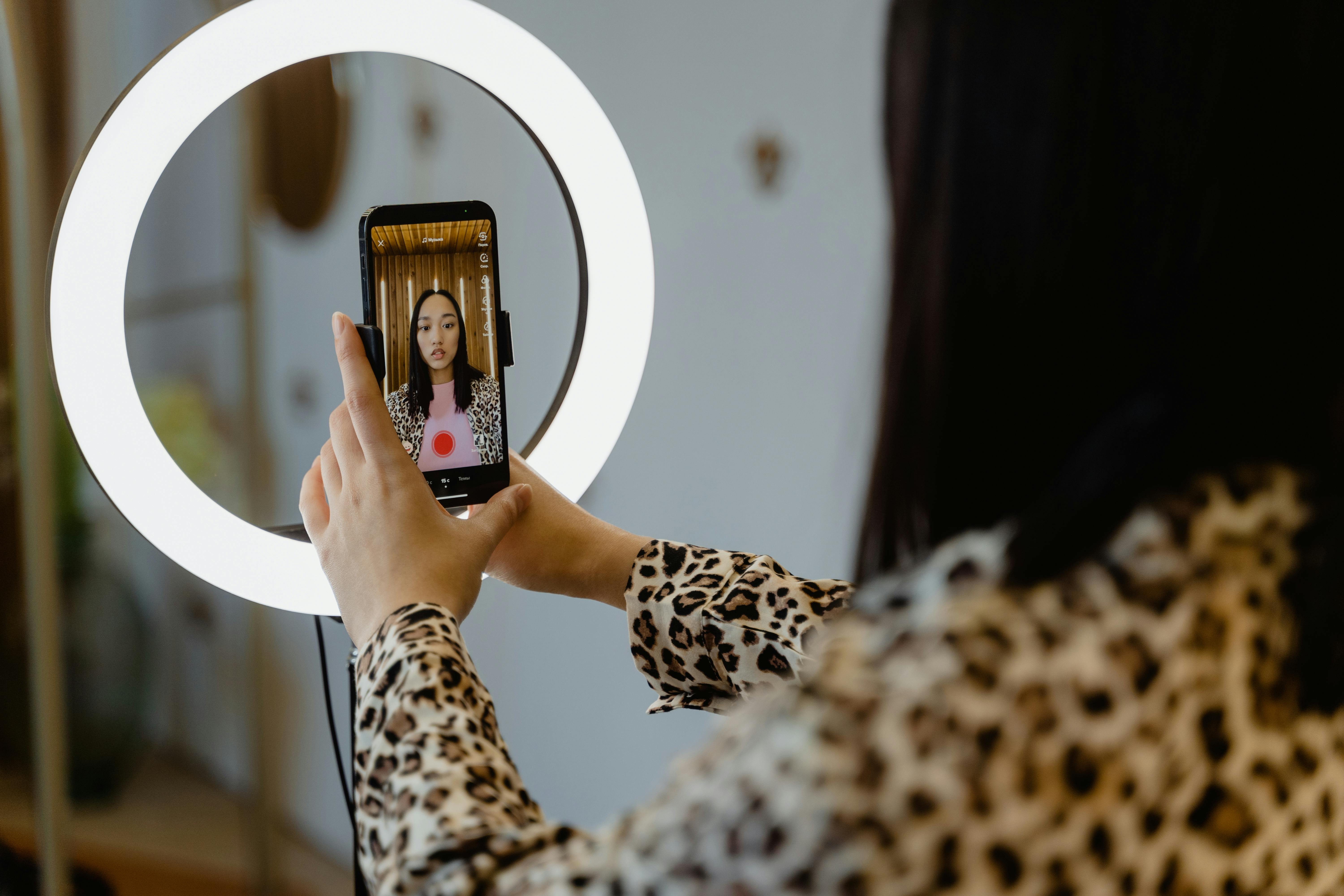I’ll start with a story. A few months ago, I thrifted a dusty Juicy Couture tracksuit for $5 at a garage sale. A quick photo on Depop, and within two days, it sold for $120. That one item paid for my weekend groceries. Reselling isn’t just about flipping cheap finds anymore—it’s about tapping into trends where demand is exploding. Let’s cut through the noise of generic reselling advice and dive into niches most people overlook. These seven markets are primed to explode in 2025, and the best part? You don’t need six figures to start.
1. Vintage and Y2K Fashion: Profit from Pop Culture Obsessions
Early 2000s fashion isn’t just back—it’s dominant. Gen Z is fueling a $26 billion Y2K revival, with items like bedazzled jeans, Von Dutch hats, and metallic purses moving fast on Depop, eBay, and Instagram (AP News). The sweet spot? Pre-owned pieces from brands like Juicy Couture or limited-edition collaborations from 2003-2005. These buyers don’t want “new”—they want authenticity.
How to start:
- Scout thrift stores for clean, rare items. Focus on “deadstock” pieces still with tags (they fetch 30–50% higher prices).
- Use Depop’s search feature to find trending keywords. If “low-rise jeans” pop up often, prioritize restocking those.
- List with high-quality, natural-light photos. Gen Z buyers care about how items look with their outfits.
Pro Tip:
Target local schools or colleges. College students are your best customers—they’ll pay extra for a standout look. Run social media ads in their zip codes.
2. Sustainable and Second-Hand Shopping: Sell to the Eco-Conscious Crowd
Here’s a stat that should make you grab your camera roll: 72% of Gen Z buyers start their shopping journey on second-hand platforms like ThredUp and The RealReal (FasterCapital). This isn’t just a trend—it’s a mindset. These buyers want to shop without guilt, but they’re also bargain hunters.
Actionable steps:
- Focus on “green” categories: organic cotton hoodies, vegan leather bags, and minimalist home decor.
- Bundle items to create “starter kits.” Example: A thrifted bamboo cutlery set with matching lunchbox? Bundle them at $25—they’re buying the concept, not just stuff.
- Highlight sustainability in descriptions. Even if you’re reselling thrifted yoga pants, note “Made from 80% recycled cotton” if true.
Real-world example:
A seller I follow on Poshmark resells “zero-waste starter packs,” including reusable containers she buys wholesale from a bulk discount site. She sells 10 a week at $30 each—$300 in weekly profit, no sewing required.
3. Refurbished Tech Accessories: Capitalize on Cost-Conscious Gamers
You’ve seen the headlines about iPhone prices creeping past $1,000. That’s why refurbished electronics—especially accessories—have a 12% growth rate (ResellBuzz). AirPods, gaming headsets, and Nintendo Switch controllers fly off platforms like Mercari. Bonus: Buyers here care about functionality, not pristine packaging.
How to find inventory:
- Hit up local pawn shops. Many buy electronics in bulk and sell at a discount to flip.
- Partner with repair shops. A friend of mine gets old-but-working AirPods at $30 a pop, tests them, and resells for $55+ on Facebook Marketplace.
- Don’t overlook estate sales. Older generations offloading gadgets for cash are a goldmine—you’ll find unopened items with missing receipts (perfect for reselling if they’re still sealed).
Pro Tip:
Add value with DIY guides. Include a 1-minute TikTok-style video on how to test refurbished products. Builds trust and speeds up repeat sales.
4. Health & Wellness Resale: Tap into America’s $1.5 Trillion Obsession
People are spending more than ever on self-care: $1,200 yearly per consumer on vitamins, workout gear, and meditation apps (Venturz). But here’s the gap—discounted wellness products don’t get the same marketing as premium brands.
What works:
- Vitamins and supplements: Buy in bulk during Black Friday sales on Amazon or iHerb. Sell in smaller batches (30-day supplies) for 2–3x the price.
- Fitness gear: Yoga mats with “cute” designs (think tie-dye or floral) sell 40% faster than basic ones. Source from overstock sites like T.J.Maxx.
- Organic skincare kits: Curate sets around concerns like acne or dryness using clearance products from Ulta’s sale section.
Pro Tip:
Focus on “clean” labels. Even if you’re reselling old inventory, emphasize “cruelty-free” or “plant-based” in titles—those keywords trigger buyer FOMO.
5. Niche Collectibles: From Pokémon Cards to Funko Pops
Remember the Beanie Baby boom? Today, it’s trading cards and Funko Pops. The global collectibles market is worth over $21 billion, with rare Pokémon cards like Charizard selling for $300+ (Business E Magazine). The trick is knowing what’s about to trend.
Start here:
- Follow TikTok creators in “grail hunting” niches. If YouTuber @CardKing posts a viral video on Pokémon’s new Charizard card, that signals a price surge.
- Check local flea markets and estate sales for “unseen” items. An old Star Wars comic buried under a box of DVDs could net $200 on eBay.
- Invest in a protective case. Even slight wear slashes value—$15 on a grading sleeve can mean a $50–100 profit boost.
Real win:
A 14-year-old I know made $1,200 in a month by reselling retro Pokémon toys from eBay. His edge? He learned to recognize 2000-era packaging details that authenticate rare pieces.
6. Remote Work Must-Haves: Sell What Offices Can’t
Even in a post-pandemic world, remote work’s not going anywhere: 35% of employed Americans work from home full-time (ResellBuzz). That’s why ergonomic stands, laptop cooling pads, and noise-canceling headphones are top sellers.
Hot items to stock:
- Magnetic laptop stands that turn tablets into dual monitors (search “FlexiSpot” alternatives on Etsy).
- Mini USB-powered humidifiers. A 2023 Amazon analysis found these are top sellers under $20.
- Customizable desk organizers. Buyers love personalization—offer free engraving for 99¢ extra.
Pro Tip:
Partner with a local coworking space. Offer their members a 15% discount for listing your products. They get a deal; you get a built-in audience.
7. Sustainable Sneakers: The $350 Billion Market
Sneakerheads want both style and ethics. Brands like Allbirds (made from merino wool) or Adidas’ Parley shoes (plastic waste turned into soles) are reselling for 15–20% above retail on StockX (Juiced).
How to win:
- Focus on underrated brands. Veja makes organic cotton sneakers that retail at $130 but sell for $150+ in resells.
- Buy overstock from eco-conscious retailers. A friend sources returns from Zappos’ green section at 40% off.
- Highlight the “carbon offset” angle in product photos. A $15 pair of canvas shoes? Note their “3 lbs of CO2 saved” in the description.
Real talk:
A student I mentor made $2k in 3 months by sourcing used Allbirds from ThredUp and reselling on Instagram DMs. She targets Instagram influencers who post sustainability content—it’s free marketing.
Final Thoughts: Start Small, Think Like a Trendspotter
Here’s the secret: You don’t need to be a fashion historian or tech expert. You just need to pay attention. That thrift store find, the dusty comic book, or the bulk bin vitamins? They’re gold if they match 2025’s cultural currents. Start with one niche—buy five items, test your platform of choice (Depop? Etsy?), and scale based on feedback.
The best part? These markets aren’t going anywhere. Y2K nostalgia, sustainability, and WFH culture are here for the long haul. By 2025, someone like you could be flipping Y2K Juicy tracksuits or ergonomic desk organizers for $100/hour. All it takes is knowing where to look.
Your reselling journey is about to get real. Start today.



